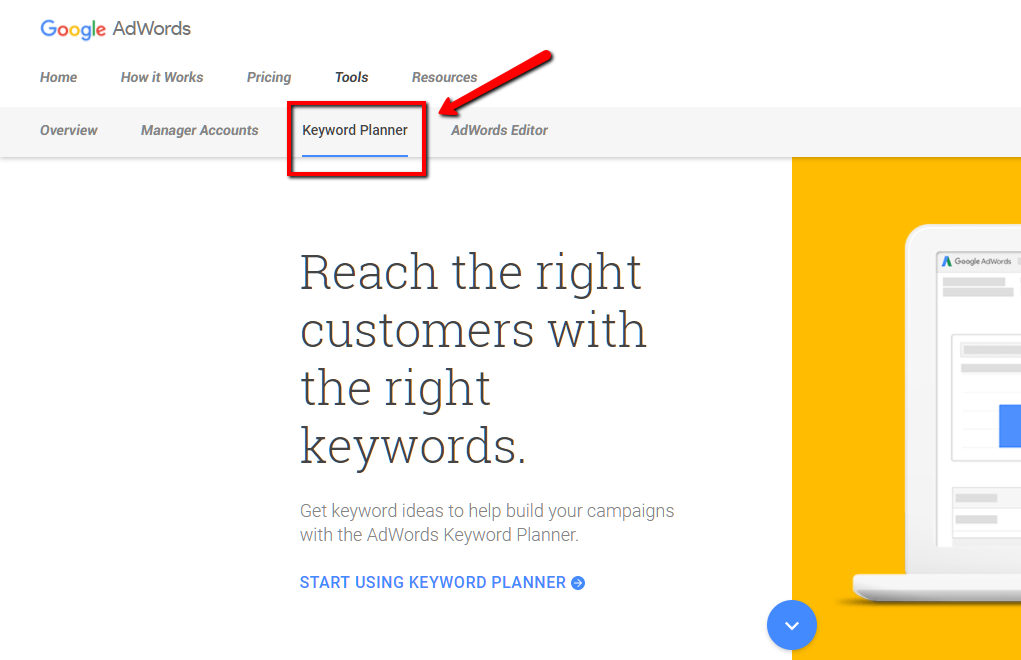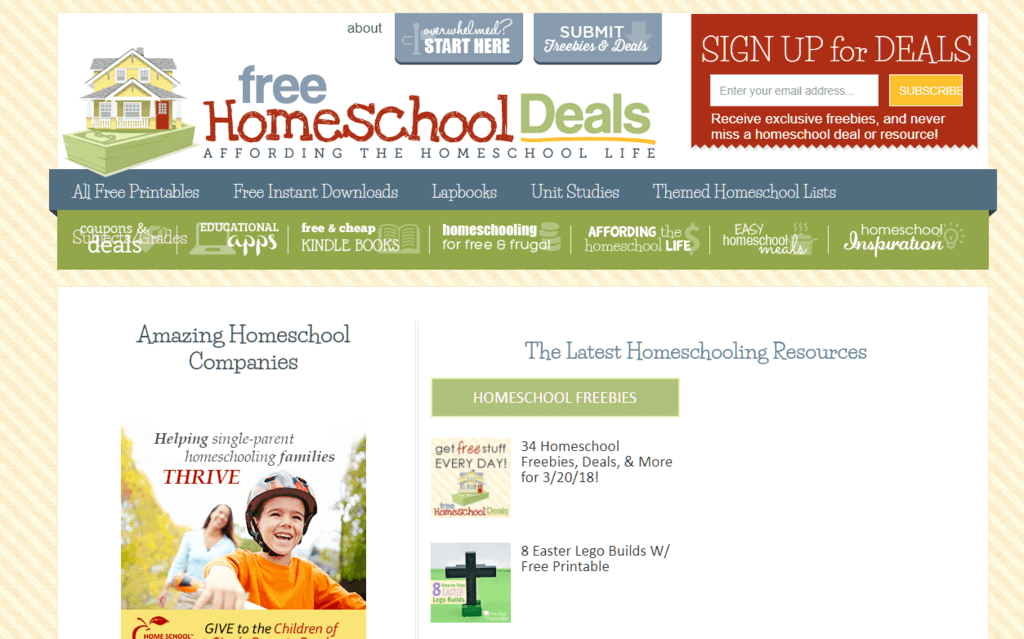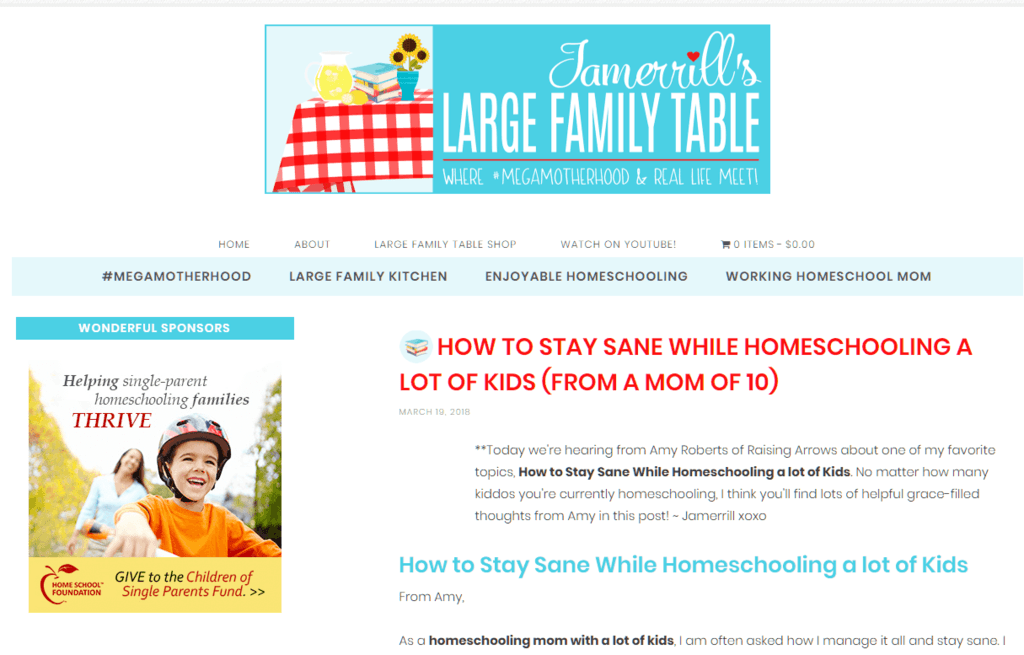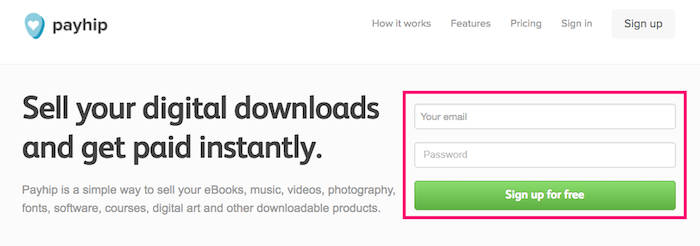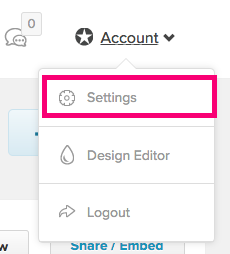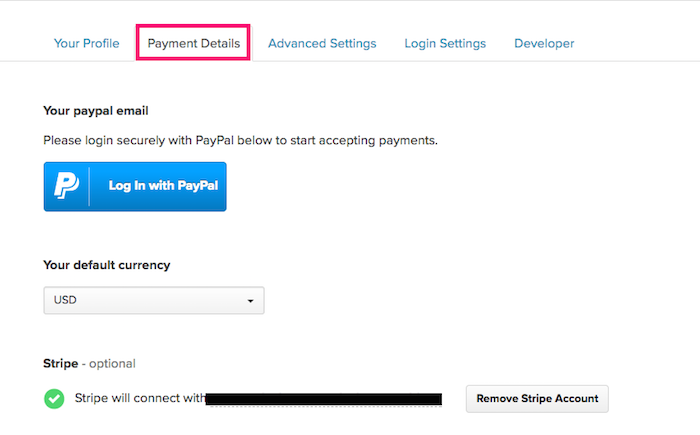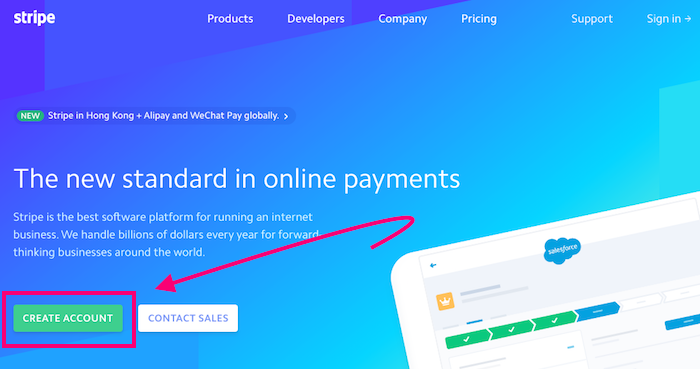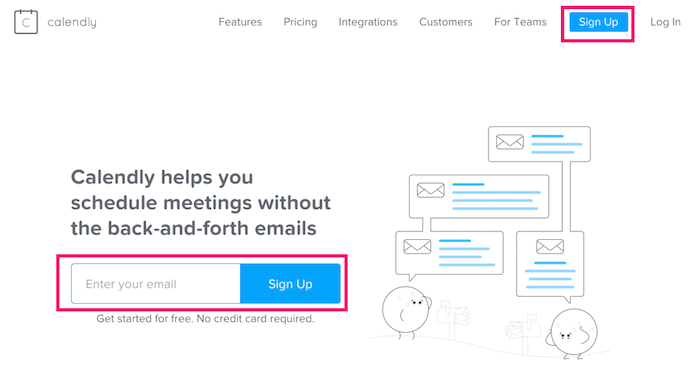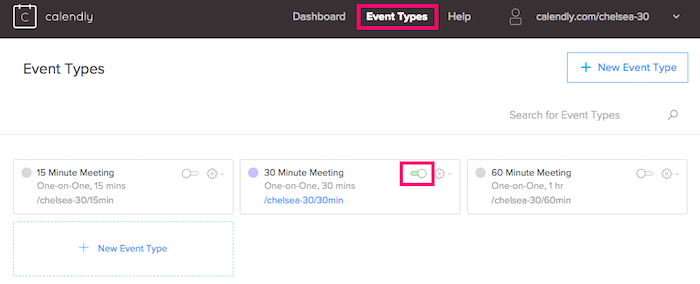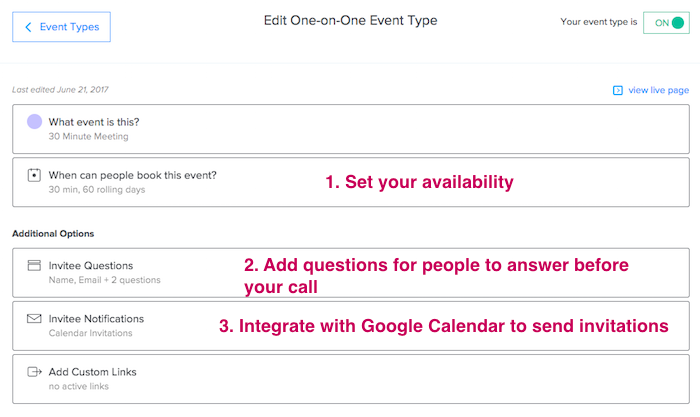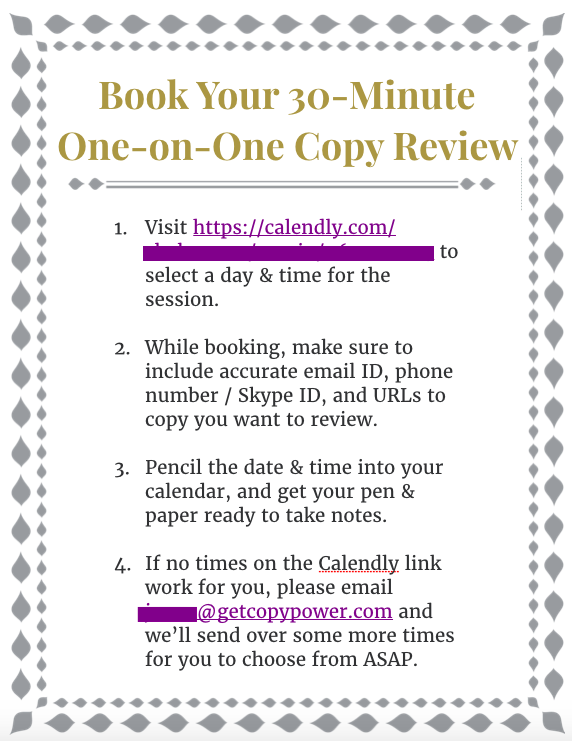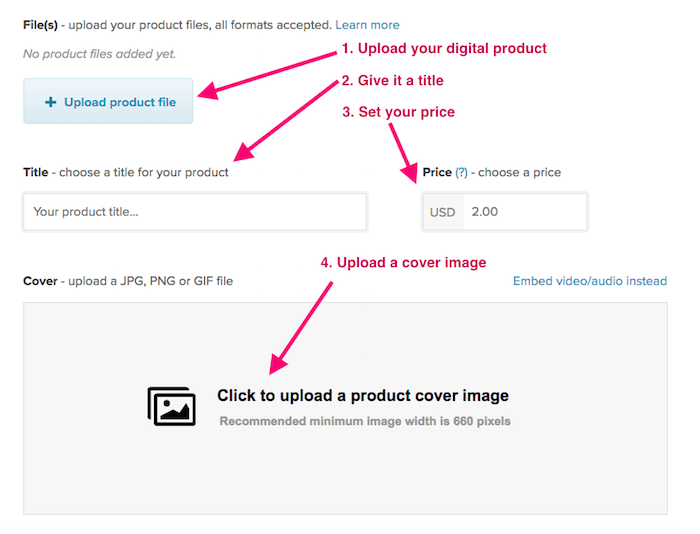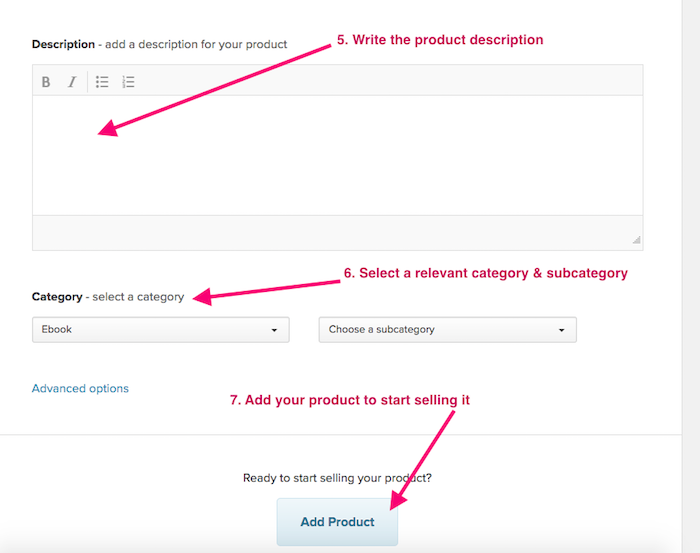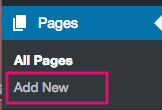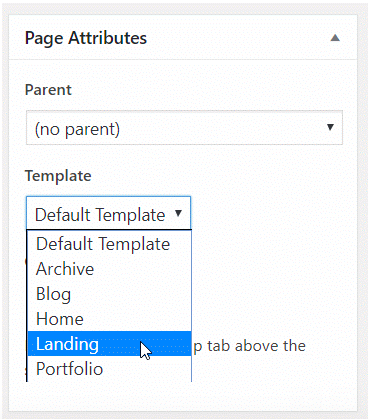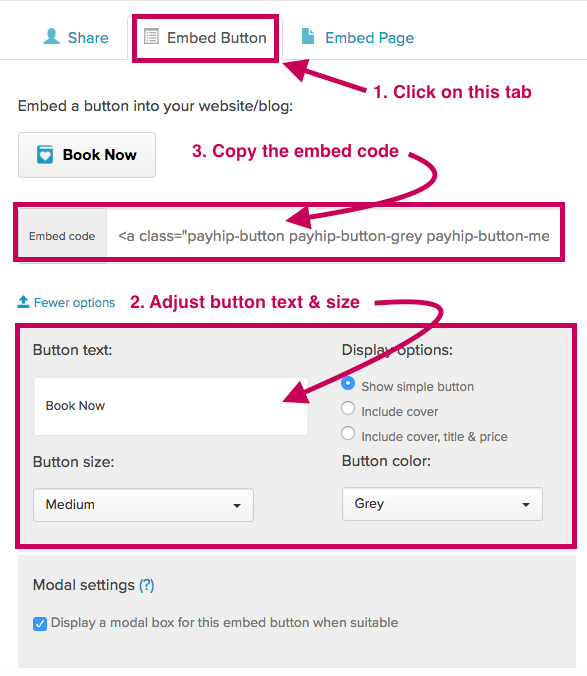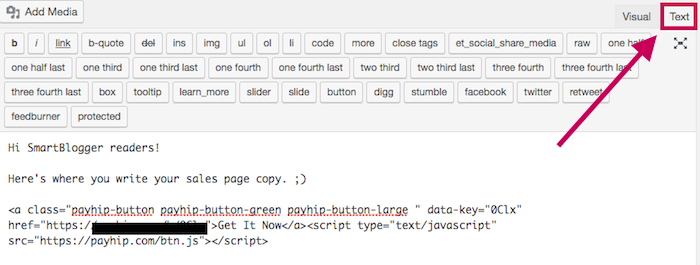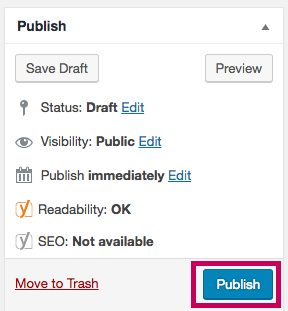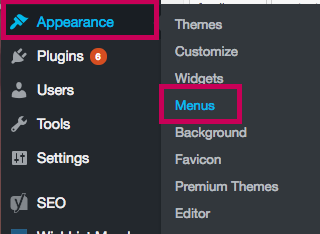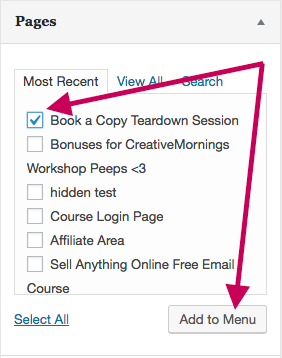Are you struggling to choose the perfect blog topic?
Do you already have a topic but feel like you're missing a crucial element?
In this post, I will share how to choose and refine the perfect (profitable) blog topic.
Listen to This Episode
Top Blogging Niche Mistakes
One of the things that holds so many potential bloggers back is selecting a niche.
If you think about it, the niche you select can set you up for success, or failures.
But time after time, I see bloggers making a few big mistakes when it comes to choosing a niche:
1. They choose passion without profit
I'm all for choosing a topic you're passionate about. It's a big part of what I preach.

Choosing a Niche
But if you're passionate about a topic that people aren't willing to spend money on, then you won't make money.
That's not good for business.
2. Choosing profit without passion
Then there are those who go into a niche because they know there's a lot of money in that niche. They start creating content only to get burnt out soon after starting.
That's often because they aren't passionate about the topic. It's like having a job you hate only because it pays the bills.
Recipe for disaster.
3. Choosing niches that are too broad
Then there are those who go after a huge topic like politics or Christianity.

Avoid Broad niches
While those are hot topics, they're so broad that it's almost impossible to stand out.
Without the ability to stand out, you are setting yourself up for failure. Ain't nobody got time for that.
4. Choosing niches that are too narrow
Lastly, there are those who understand that they need to narrow down their topic. The only problem is that they end up going too narrow and their potential audience size is too small.
Yes, their target audience may be willing to spend money. But there aren't enough buyers to make it sustainable.
The Perfect Niche
Finally, there are those who stumble onto (or choose wisely) the perfect niche.
They are able to build a huge audience of raving fans and are making a good amount of money. On top of that, they LOVE what they do.
Here's how I would describe that perfect niche:
- You are passionate about the topic.
- There are a lot of other people who are passionate about that topic as well.
- It's not too competitive.
- There is a big problem that needs solving (and people are willing to pay for solutions).
This is the recipe for success. But the question still remains – how do you find that perfect niche for YOU?
I've got you covered. Keep reading.
Step 1: Uncover your passions
This is where it all begins. If you're going to spend a lot of energy building a blogging business, choose a passion.
“But Leslie, I don't know what I'm passionate about”.

Uncover your passion
No problem. Here are a few questions to help get you going:
What do you enjoy doing?
Pull out a pen and paper and start brainstorming some things you enjoy doing.
This is an important starting point. It works particularly well if you're able to go to a quiet place (preferably out in nature).
Start brainstorming the things that energize you.
What would you do for free?
If you had an endless supply of money, what would you continue doing? Would you stay at your current job? Would you go back to that thing you used to love doing?
Write down your answers.
What do people often ask you for help with?
If you're alive, chances are you get asked for help with specific things. Are you a good writer? Do you help people in biology?
In high school, did you take students to the library and do study groups helping in biology? (my answer to this question is yes, lol).
By now, you should be noticing that certain answers are starting to stand out. Here's what I want you to do – choose your top three.
Don't think too much about it. Choose three.
When you overthink things, you often end up going away from the true answer – the one that feels natural.
Now that you have your top three, you have a good starting point. Now let's do some real work.
Step 2: Do your research

Do some research
We know what your top 3 passions are, and now it's time to dig a little deeper.
While your passion is important, it can't build a business on its own. That's where the research comes into play.
Here are a few things you can do to help you with your research.
Do some basic keyword research
Keyword research can be a powerful thing for helping you choose the perfect niche.
And while there are all kinds of advanced tools out there, I like to keep things simple.
Use the Google Keyword Planner to see how many monthly searches your top passions get.
Is it something people are searching for? I always hesitate to give numbers because these numbers are so subjective. Also, the recommended numbers change over time.
What I like to say is you probably shouldn't be choosing a niche with fewer than 1,000 monthly searches. And of course, higher is better.
The Google Keyword planner also gives you an idea of how stiff the competition is. Also, it tells you how much people are spending on ads for those keywords.
My recommendation is to put your three passions (and any reasonable variations) in the tool and dig deeper.
If you want to dig even deeper into keyword research, I've heard good things about Long Tail Pro.
Analyze your competition
You've already started getting some hints about your competition. But now it's time to do some more detailed analysis.

Analyze Your Competition
Go to Google and search for “Your niche + Blog”. This will show you some of the top blogs out there.
Take the top 10 blogs you find and ask yourself the following questions:
- What are they doing well?
- What are they doing poorly?
- What can you offer that's slightly different (and even better)?
Your answers to these questions will help give you insight as you narrow down your niche.
Search the “Everything Store”
Yes, I'm talking about Amazon. One of the things I like doing is searching the Kindle store on Amazon for topics.

Search the “Everything Store”
This gives you an idea of whether people are willing to spend money for digital info in that niche.
If you find lots of Kindle books in there with decent numbers or reviews, this is a good sign.
If you don't, don't worry. This is all information you can use as you choose your niche (we'll get there).
Also, check to see what kinds of physical products you can find for sale targeting people in your niche.
This will give you an idea of options for monetization in the future.
Check out the social activity

Check out the social activities of your competitors
Our next stop – the king of the social media jungle – Facebook.
Go to Facebook and search for pages and groups in your niche.
If you're able to find pages, check them out. Are there VERY popular pages? Are there MANY pages?
And what about groups? Join a few and browse around. How active are those groups?
Are people engaging in lots of discussions on social media?
Doing this kind of research will give you an idea of how well your niches do on social media. This can help with getting your content out to the masses.
Your Goal
At this point, you may be thinking – “Leslie, you didn't give a bunch of specific numbers”.
No, I didn't – and even when I did give a number, I did so hesitantly.
I have a confession to make – I hate doing deep keyword research and complicated analyses.
But here's the good news – you don't need all that to build a successful blog.
Here's the goal with this research. You want to be able to compare your top three to see how they stack up against each other.
In doing this research, you may find that one stands out among the rest. If so, choose that one for the next step.
If you find that they are all pretty good, then you get to play “eenie meenie minie mo”.
Step 3: CHOOSE ONE (and Drill down)

Choose only one topic
Yes, I said one. Go ahead and make a choice, because we have some more work to do.
At this stage, you will most likely have a general topic. When I did this kind of activity, I ended up choosing topics like Biology and Blogging.
For you, it may be sewing, interior decorating or even woodworking.
While those are great topics to talk about, they aren't narrow enough for a blog these days.
You want to specialize in a specific topic to help a specific person reach a specific result.
Here are some questions to help you narrow down:
What specific aspect?
Let's say your topic is biology. The problem is that biology is such a diverse topic.
There's cell biology, physiology, molecular biology, high school biology, and much more.
What specific aspect of biology are you going to specialize in? When I started my biology blog, I chose human physiology.
Choose a specific aspect of your niche to tackle and you're on your way.
Who are you targeting?

Ask these questions as you decide what to choose
This is one of the best ways to narrow down your niche – choose a very specific demographic.
Instead of teaching physiology to anyone, I chose upper-level college biology students.
And you know what? When they found my content, they knew it was for them.
What specific problem are you helping them solve?
Let me tell you a secret. Well, it's not really a secret. Here goes . . .
People will spend money to solve problems.
There it is – the “secret” to your business success.
Identify a problem you are going to help your target audience solve. The data you got in your research should help here.
Especially when you checked out your competition and evaluated Facebook groups.
For me it was simple – My target audience couldn't understand their professors. They teach all kinds of complicated topics but the students don't understand them.
As a result, they struggle to pass their physiology class. Leslie to the rescue.
What result will you help them achieve?
If you help them solve the problem you're focused on, what will the result be?
This is something to get clear on because it will help you in everything you do.
In my case, I helped those students pass their physiology class. Even better, I help D students get A's.
What will that be for your blog?
Your summary statement

Your Summary Statement
When it's all said and done you'll be able to make the following statement:
My niche is ___________. I help ___________ do/achieve ____________ so that they can ______________.
This may look something like this:
My niche is biology/physiology. I help upper-level college biology students understand complicated topics in physiology so that they can get an A in their human physiology class.
What's your summary statement? Share it in the comments below.
Resources Mentioned
- Keyword research Tools:
Infographic

Infographic: How to Choose a Profitable Blogging Niche
The post 328 How to Choose a Profitable Blogging Niche appeared first on Become A Blogger by Leslie Samuel.
from
https://www.becomeablogger.com/26001/choose-a-profitable-blogging-niche/
